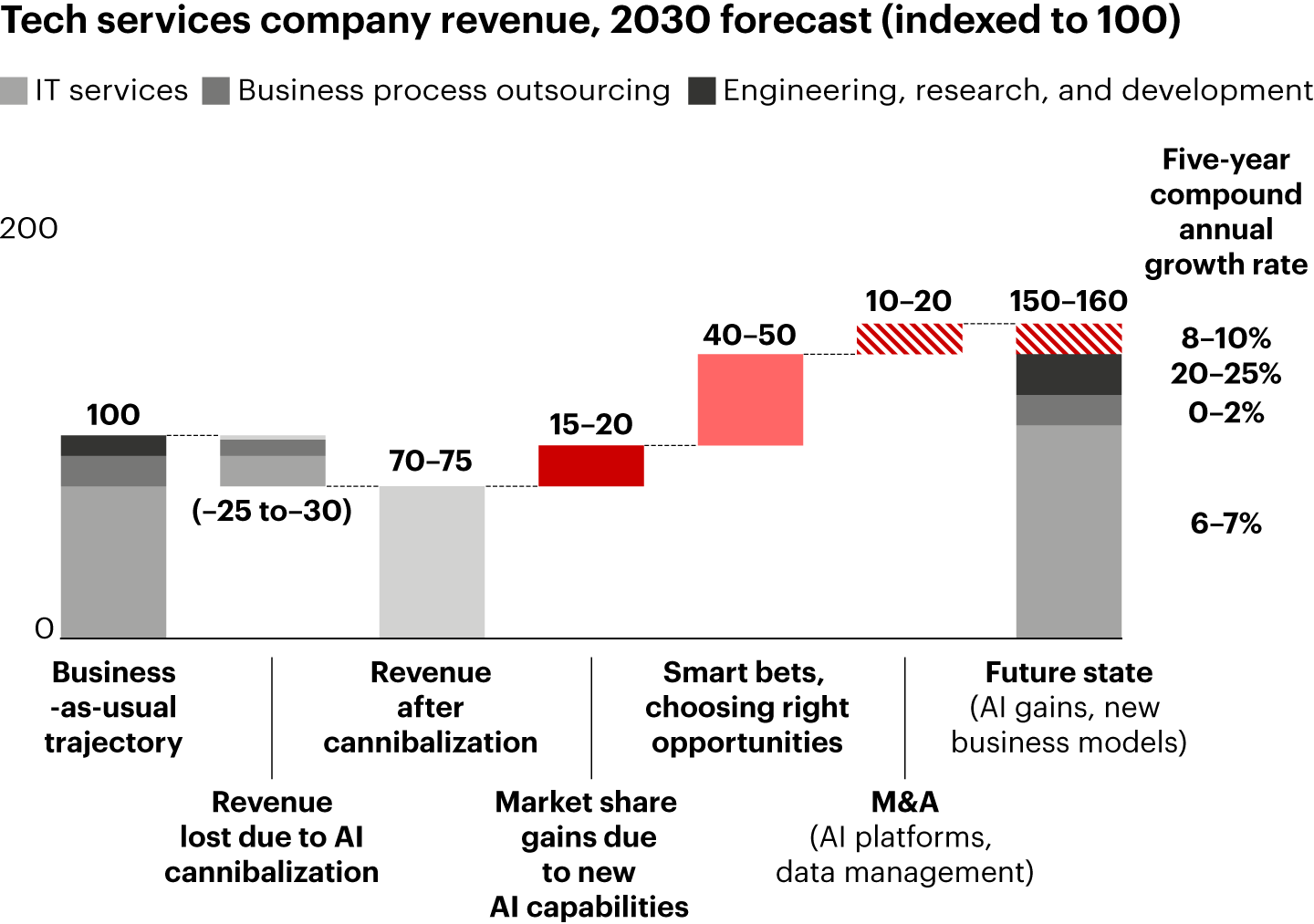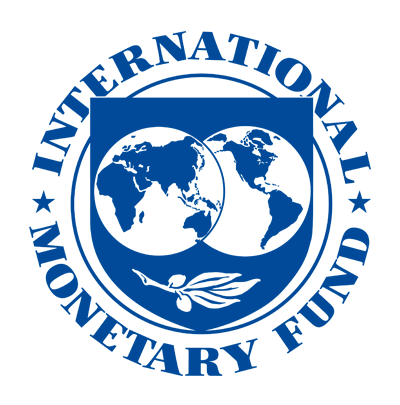Serena Tang: Welcome to Thoughts on the Market. I’m Serena Tang, Morgan Stanley’s Chief Global Cross-Asset Strategist.
Seth Carpenter: And I’m Seth Carpenter, Morgan Stanley’s Global Chief Economist.
Serena Tang: So today and tomorrow, a two-part conversation on Morgan Stanley’s year ahead outlook. Today, we’ll focus on the all-important macroeconomic backdrop. And tomorrow, we’ll be back with our views on investing across asset classes and markets.
Serena Tang: It’s Monday, November 17th at 10am in New York.
So, Seth, 2025 has been a year of transition. Global growth slowed under the weight of tariffs and policy uncertainty. Yet resilience in consumer spending and AI driven investments kept recession fears at bay. Your team has published its economic outlook for 2026. So, what’s your view on global growth for the year ahead?
Seth Carpenter: We really think next year is going to be the global economy slowing down a little bit more just like it did this year, settling into a slower growth rate. But at the same time, we think inflation is going to keep drifting down in most of the world. Now that anodyne view, though, masks some heterogeneity around the world; and importantly, some real uncertainty about different ways things could possibly go.
Here in the U.S., we think there is more slowing to come in the near term, especially the fourth quarter of this year and the beginning of next year. But once the economy works its way through the tariffs, maybe some of the lagged effects of monetary policy, we’ll start to see things pick up a bit in the second half of the year.
China’s a different story. We see the really tepid growth there pushed down by the deflationary spiral they’ve been in. We think that continues for next year, and so they’re probably not quite going to get to their 5 percent growth target. And in Europe, there’s this push and pull of fiscal policy across the continent. There’s a central bank that thinks they’ve achieved their job in terms of inflation, but overall, we think growth there is, kind of, unremarkable, a little bit over 1 percent. Not bad, but nothing to write home about at all.
So that’s where we think things are going in general. But I have to say next year, may well be a year for surprises.
Serena Tang: Right. So where do you see the biggest drivers of global growth in 2026, and what are some of the key downside risks?
Seth Carpenter: That’s a great question. I really do think that the U.S. is going to be a real key driver of the story here. And in fact – and maybe we’ll talk about this later – if we’re wrong, there’s some upside scenarios, there’s some downside scenarios. But most of them around the world are going to come from the U.S.
Two things are going on right now in the U.S. We’ve had strong spending data. We’ve also had very, very weak employment data. That usually doesn’t last for very long. And so that’s why we think in the near term there’s some slowdown in the U.S. and then over time things recover. We could be wrong in either direction.
And so, if we’re wrong and the labor market sending the real signal, then the downside risk to the U.S. economy – and by extension the global economy – really is a recession in the U.S. Now, given the starting point, given how low unemployment is, given the spending businesses are doing for AI, if we did get that recession, it would be mild.
On the other hand, like I said, spending is strong. Business spending, especially CapEx for AI; household spending, especially at the top end of the income distribution where wealth is rising from stocks, where the liability side of the balance sheet is insulated with fixed rate mortgages. That spending could just stay strong, and we might see this upside surprise where the spending really dominates the scene. And again, that would spill over for the rest of the world.
What I don’t see is a lot of reason to suspect that you’re going to get a big breakout next year to the upside or the downside from either Europe or China, relative to our baseline scenarios. It could happen, but I really think most of the story is going to be driven in the U.S.
Serena Tang: So, Seth, markets have been focused on the Fed, as it should. What is the likely path in 2026 and how are you thinking about central bank policy in general in other regions?
Seth Carpenter: Absolutely. The Fed is always of central importance to most people in markets. Our view – and the market’s view, I have to say, has been evolving here. Our view is that the Fed’s actually got a few more rate cuts to get through, and that by the time we get to the middle of next year, the middle of 2026, they’re going to have their policy rate down just a little bit above 3 percent. So roughly where the committee thinks neutral is.
Why do we think that? I think the slowing in the labor market that we talked about before, we think there’s something kind of durable there. And now that the government shutdown has ended and we’re going to start to get regular data prints again, we think the data are going to show that job creation has been below 50,000 per month on average, and maybe even a few of them are going to get to be negative over the next several months. In that situation, we think the Fed’s going to get more inclination to guard against further deterioration in the labor market by keeping cutting rates and making sure that the central bank is not putting any restraint on the economy.
That’s similar, I would say, to a lot of other developed markets’ central banks. But the tension for the ECB, for example, is that President Lagarde has said she thinks; she thinks the disinflationary process is over. She thinks sitting at 2 percent for the policy rate, which the ECB thinks of as neutral, then that’s the right place for them to be.
Our take though is that the data are going to push them in a different direction. We think there is clearly growth in Europe, but we think it’s tepid. And as a result, the disinflationary process has really still got some more room to run and that inflation will undershoot their 2 percent target, and as a result, the ECB is probably going to cut again. And in our view, down to about 1.5 percent.
Big difference is in Japan. Japan is the developed market central bank that’s hiking. Now, when does that happen? Our best guess is next month in December at the policy meeting. We’ve seen this shift towards reflation. It hasn’t been smooth, hasn’t been perfectly linear. But the BoJ looks like they’re set to raise rates again in December. But the path for inflation is going to be a bit rocky, and so, they’re probably on hold for most of 2026. But we do think eventually, maybe not till 2027, they get back to hiking again – so that Governor Ueda can get the policy rate back close to neutral before he steps down.
Serena Tang: So, one of the main investor debates is on AI. Whether it’s CapEx, productivity, the future of work. How is that factoring into your team’s view on growth and inflation for the next year?
Seth Carpenter: Yeah, I mean that is absolutely a key question that we get all the time from investors around the world. When I think about AI and how it’s affecting the economy, I think about the demand side of the economy, and that’s where you think about this CapEx spending – building data centers, buying semiconductors, that sort of thing. That’s demand in the economy. It’s using up current resources in the economy, and it’s got to be somewhat inflationary. It’s part of what has kept the U.S. economy buoyant and resilient this year – is that CapEx spending.
Now you also mentioned productivity, and for me, that’s on the supply side of the economy. That’s after the technology is in place. After firms have started to adopt the technology, they’re able to produce either the same amount with fewer workers, or they’re able to produce more with the same amount of workers. Either way, that’s what productivity means, and it’s on the supply side. It can mean faster growth and less inflation.
I think where we are for 2026, and it’s important that we focus it on the near term, is the demand side is much more important than the supply side. So, we think growth continues. It’s supported by this business investment spending. But we still think inflation ends 2026, notably above the Fed’s inflation target. And it’s going to make five, five and a half years that we’ve been above target. Productivity should kick in. And we’ve written down something close to a quarter percentage point of extra productivity growth for 2026, but not enough to really be super disinflationary. We think that builds over time, probably takes a couple of years.
And for example, if we think about some of the announcements about these data centers that are being built, where they’re really going to unleash the potential of AI, those aren’t going to be completed for a couple of years anyway. So, I think for now, AI is dominating the demand side of the economy. Over the next few years, it’s going to be a real boost to the supply side of the economy.
Serena Tang: So that makes a lot of sense to me, Seth. But can you put those into numbers?
Seth Carpenter: Sure, Serena totally. In numbers, that’s about 3 percent growth. A little bit more than that for global GDP growth on like a Q4-over-Q4 basis. But for the U.S. in particular, we’ve got about 1.75 percent. So that’s not appreciably different from what we’re looking for this year in 2025.
But the number really, kind of, masks the evolution over time. We think the front part of the year is going to be much weaker. And only once we get into the second half of next year will things start to pick up. That said, compared to where we were when we did the midyear outlook, it’s actually a notable upgrade. We’ve taken real signal from the fact that business spending, household spending have both been stronger than we think. And we’ve tried to add in just a little bit more in terms of productivity growth from AI. Layer on top of that, the Fed who’s been clearly willing to start to ease interest rates sooner than we thought at the time of the mid-year outlook – all comes together for a little bit better outlook for growth for 2026 in the U.S.
Serena Tang: Seth thanks so much for taking the time to talk.
Seth Carpenter: Serena, it is always my pleasure to get to talk to you.
Serena Tang: And thanks for listening. Please be sure to tune into the second half of our conversation tomorrow to hear how we’re thinking about investment strategy in the year ahead. If you enjoy Thoughts on the Market, please leave us a review wherever you listen and share the podcast with a friend or colleague today.










